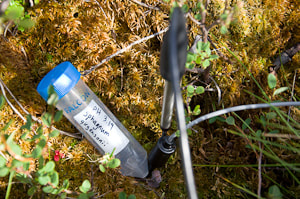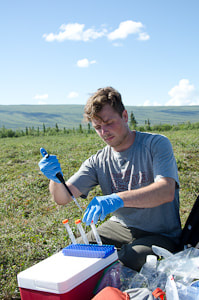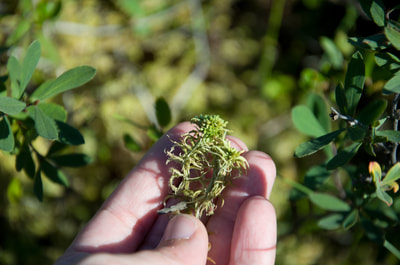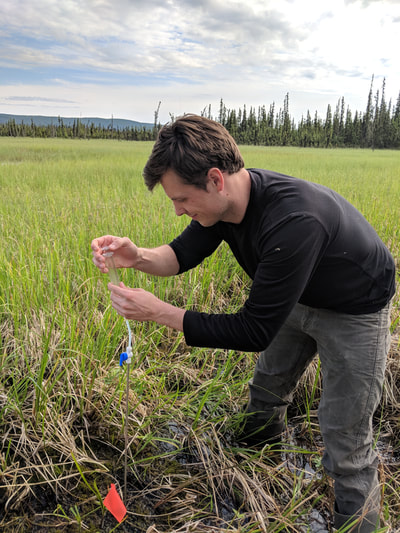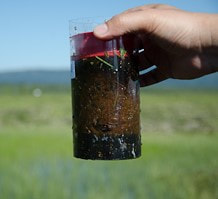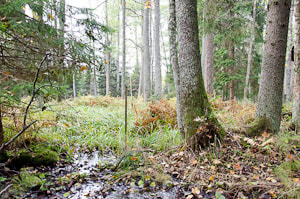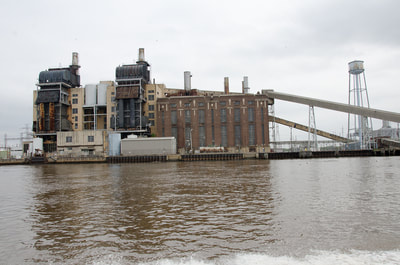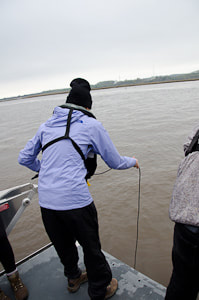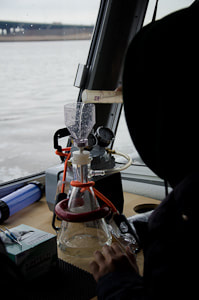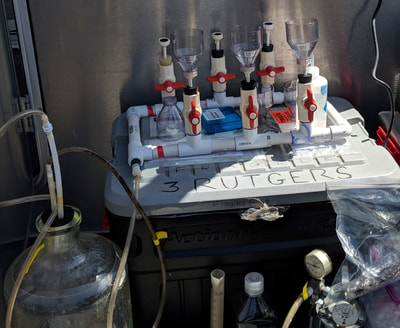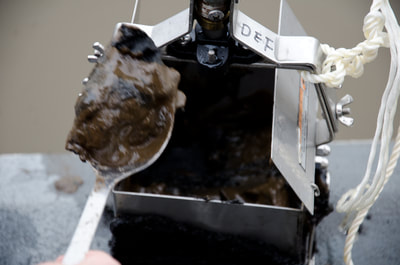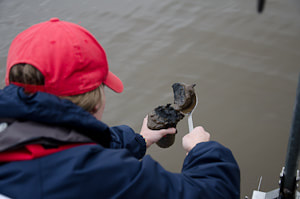Microbial communities and activity in peatlands
Peat wetlands cover much of our boreal and arctic landscape, sequestering a large proportion of the world's soil carbon. The microbes in these habitats breakdown organic matter slowly to methane and carbon dioxide, releasing these greenhouse gases to the atmosphere. High latitude environments are currently undergoing significant warming trends and melting of permafrost from the impacts of global climate change. These changes are having profound effects on these wetlands, promoting the transition from nutrient-poor bogs to richer fens. Our research is examining the influence the wetland trophic status has on the microbial populations and the metabolic pathways observed. How these processes influence microbial communities and their activity is an important area of research in order to predict future trends.
Publications:
J. L. Wilmoth, J. K. Schaefer, D. R. Schlesinger, S. Roth*, P. G. Hatcher, J. K. Shoemaker, and X. Zhang. 2021. The role of oxygen in stimulating methane production in wetlands. Global Change Biology. onlinelibrary.wiley.com/doi/full/10.1111/gcb.15831
J. L. Wilmoth, J. K. Schaefer, D. R. Schlesinger, S. Roth*, P. G. Hatcher, J. K. Shoemaker, and X. Zhang. 2021. The role of oxygen in stimulating methane production in wetlands. Global Change Biology. onlinelibrary.wiley.com/doi/full/10.1111/gcb.15831
